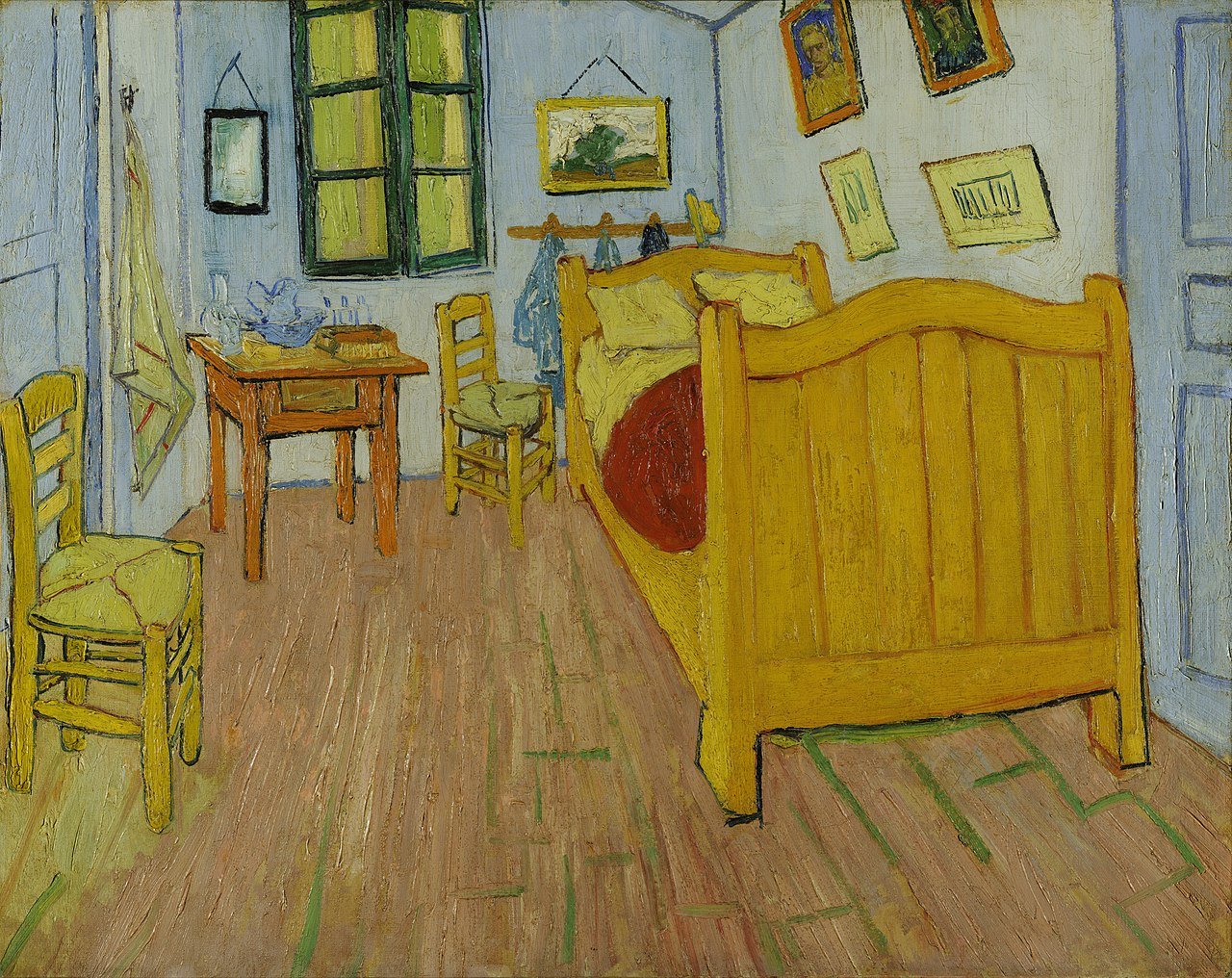Working safety is always of the utmost importance. Stick to methods and materials that you can work with safely in your home studio. If you have any doubts about particular materials or methods it is always best to err on the side of caution. Drawing materials are low risk but you should always think carefully about how to work safely and in a way that is considerate to the people you live with.
Assess your situation
Reflect on the drawing work you did at home in the first 3 weeks of this semester:
- what facilities did you have to do this?
- how satisfactory were they to the task?
- what extra things would have made the task more enjoyable and productive?
- how can you improvise these extra things at home?
Find a suitable working space
It is best to establish a physical space in which to work regularly and as free from distraction as possible. Even if it is multifunctional and/or shared by others, try to designate a certain area of the home as your own creative zone. It should be a space where, like a studio, once you are there you are ready to go.
Commit to uninterrupted blocks of time
It is a good idea to work consistently, rather than adopting a piecemeal approach. Keeping to the time that is allocated in the timetable will help with this. As much as possible, try to allocate an uninterrupted time period to focus on your project. if you can establish a creative period without distraction, you will see great benefits in the quality and quantity of the work you produce.
Gather your materials
- Make, improvise or find an easel: Seeing your work on a vertical surface allows you to maintain an overall view, rather than concentrating just on the bits closest to you.
- OR use a table-top. Ensure you are seated at the right height for the table. For drawing it is good to have freedom of movement for your arm and to be able to see what you are doing. If possible, give a slope to the working surface like an architect’s drafting table e.g. prop up a board with a length of wood, or two bricks or books on the side opposite you. It is important that you are comfortable and not putting strain on your body, but also important to see your work properly.
- A suitable section of wall is good to attach your drawings to for review – remember to use attachments that will be easy to remove and not damaging to the wall e.g. blu tac, masking tape (not to be left permanently) or use a pinboard.
- Use whatever materials you have available: Continue with the advice from your drawing teacher or improvise if you need to. Assess their practicality in your domestic location, paying attention to issues such as air quality in a confined space, remembering that pastels and charcoal can produce a lot of dust.
Protect your drawings
Drawings on paper are best stored flat and only rolled when necessary (e.g. when transporting them). If you need to fix charcoal or pastel, use fixative only in a fully ventilated place i.e. outdoors. If you can, make a cardboard folder to protect drawings on paper and store it flat under a bed or on a high shelf. Store any demountable or 3d works in a box.
Look at how other artists have setup a studio at home
and post at #nasstudiosessions

Margaret Olley in her Studio / home

